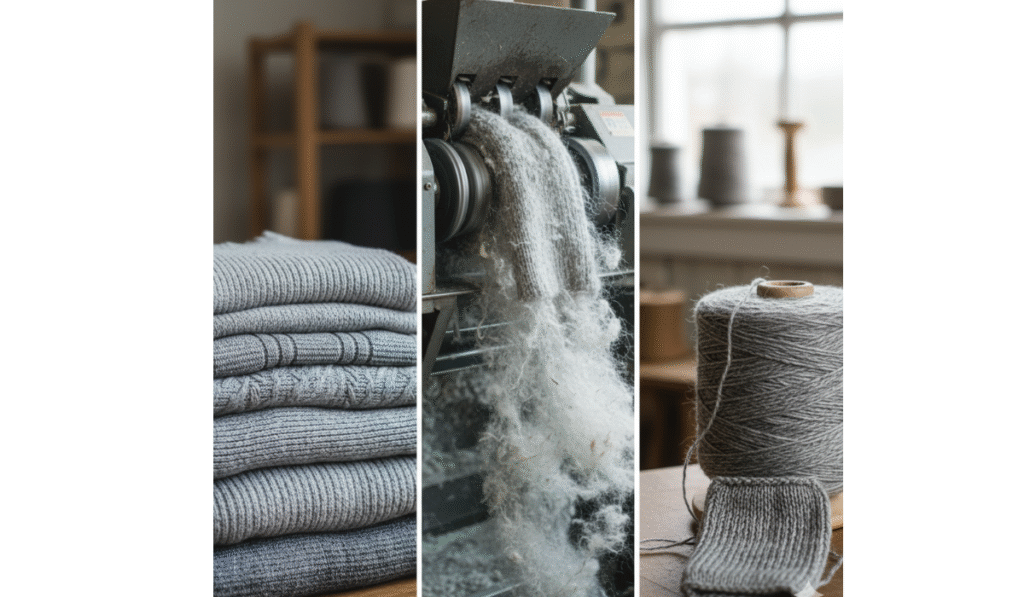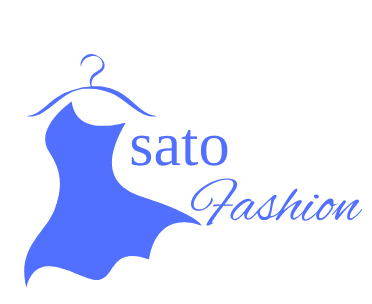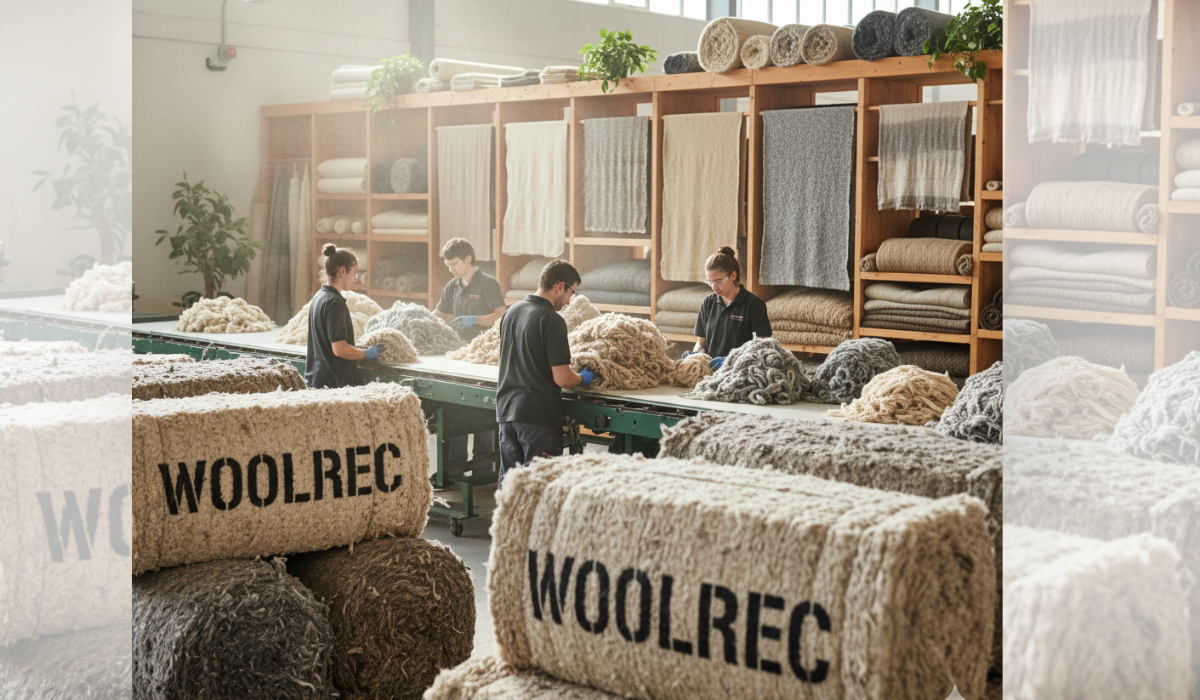The textile industry is one of the largest polluters in the world, with devastating effects on ecosystems, water systems, and communities. The rise of fast fashion has only accelerated these impacts, creating mountains of waste and fueling resource depletion. As awareness grows, consumers, governments, and industries are urgently searching for solutions that balance human needs with planetary boundaries. Woolrec has emerged as one of the most promising initiatives in this space—a forward-thinking model that harnesses the natural potential of wool to create sustainable fabrics while supporting local farmers and driving a circular economy.
This article explores what Woolrec is, how it works, why it matters, and what role it could play in reshaping the future of textiles.
Understanding Woolrec: A Vision for Sustainability
At its core, Woolrec is more than a recycling project; it is a movement toward rethinking textile production. Founded on the belief that sustainability should not mean sacrificing quality or aesthetics, Woolrec provides a practical way to recycle and repurpose discarded wool while maintaining its integrity as a durable, stylish, and eco-friendly material.
Wool is one of nature’s most versatile fibers. It is renewable, biodegradable, breathable, and naturally insulating. However, much of the wool produced globally goes to waste, often ending up in landfills or incinerators. Woolrec addresses this issue head-on by collecting wool waste, processing it with advanced technology, and supplying manufacturers with high-quality recycled fibers.
The mission of Woolrec extends beyond materials—it is about creating a culture of conscious consumption. By promoting transparency in sourcing, responsible farming practices, and ethical collaborations, Woolrec redefines what it means to wear sustainable textiles.
The Environmental Challenges Woolrec Tackles
The textile industry accounts for approximately 10% of global carbon emissions and consumes vast amounts of water. Cotton farming alone is responsible for high pesticide use and depletion of freshwater systems, while synthetic fibers like polyester contribute to microplastic pollution in oceans.
Woolrec’s solution addresses these challenges in multiple ways:
- Waste Reduction – By recycling discarded wool, Woolrec prevents tons of textiles from entering landfills.
- Resource Conservation – Wool recycling uses less water and energy compared to producing virgin materials.
- Carbon Footprint Mitigation – Wool naturally sequesters carbon during sheep grazing, and recycling further reduces emissions from production.
- Circular Economy – Instead of following a take-make-dispose model, Woolrec creates a closed-loop system where textiles remain in circulation longer.
This model makes Woolrec a beacon of innovation, showing how environmental problems can be solved through smart, circular design.
How Woolrec Works: The Process Explained
The Woolrec model follows a three-step approach:
- Collection of Wool Waste – Wool waste is sourced from various points such as garment factories, post-consumer textiles, and surplus materials.
- Recycling Technology – Advanced mechanical and chemical processes break down wool fibers while preserving their quality. The result is a raw material that is nearly identical to virgin wool.
- Reintroduction into the Market – The recycled wool is supplied to manufacturers who transform it into garments, upholstery, carpets, and other textile applications.
What makes Woolrec particularly unique is its focus on preserving wool’s natural properties. Unlike some recycling processes that degrade fibers, Woolrec ensures that the resulting fabric remains durable, soft, and stylish.
Benefits of Woolrec in the Textile Industry

The adoption of Woolrec offers a wide range of advantages for both industry and society:
- Environmental Benefits
- Reduction of textile waste
- Conservation of water and energy
- Lower carbon emissions
- Decreased reliance on synthetic fibers
- Economic Benefits
- Opportunities for local farmers to earn sustainable incomes
- Creation of green jobs in recycling and textile innovation
- Cost savings for manufacturers adopting recycled inputs
- Social Benefits
- Encouragement of ethical fashion practices
- Increased consumer awareness of responsible consumption
- Preservation of traditional wool farming communities
By offering benefits that touch every level of the supply chain, Woolrec strengthens both the economy and the environment.
Woolrec in Action: Success Stories
Several fashion brands and textile companies have already adopted Woolrec’s materials with impressive results. Many of these companies report enhanced customer loyalty, as today’s consumers actively seek out sustainable products. Additionally, manufacturers using Woolrec fibers have found that they can maintain quality standards without resorting to environmentally destructive practices.
These real-world examples highlight that sustainability is not only possible but also profitable. Woolrec demonstrates that ethical choices can be competitive advantages in the marketplace.
Challenges and Opportunities Ahead
Despite its promise, Woolrec faces obstacles common to many sustainable innovations. Traditional textile manufacturers may resist adopting new processes, fearing higher costs or quality concerns. Additionally, misconceptions about recycled fabrics being “inferior” can slow down consumer acceptance.
Overcoming these challenges requires:
- Education – Demonstrating the strength, beauty, and quality of recycled wool.
- Collaboration – Partnering with industry leaders to scale Woolrec’s model.
- Policy Support – Encouraging governments to provide incentives for sustainable practices.
The opportunities, however, far outweigh the challenges. As sustainability continues to rise on the global agenda, initiatives like Woolrec are poised to shape the next generation of textile innovation.
Woolrec and the Future of Fashion
Fashion’s future depends on finding a balance between creativity and responsibility. With Woolrec at the forefront, the industry can move away from destructive fast-fashion models and toward systems that value durability, recyclability, and ecological health.
Imagine a world where every garment has a second life, where wool farmers are rewarded for sustainable practices, and where consumers proudly wear clothes that align with their values. That is the world Woolrec envisions—and the one it is actively working to build.
FAQs About Woolrec
Q1: What exactly is Woolrec?
Woolrec is an initiative that collects discarded wool, recycles it through advanced processes, and supplies it as high-quality raw material for textile production.
Q2: How does Woolrec help the environment?
It reduces landfill waste, conserves water and energy, lowers carbon emissions, and supports a circular economy.
Q3: Is recycled wool as good as virgin wool?
Yes. Woolrec uses technology that maintains wool’s natural properties, ensuring the recycled material is durable, soft, and stylish.
Q4: Who benefits from Woolrec?
Farmers, manufacturers, consumers, and the planet all benefit. Farmers gain sustainable income, manufacturers access eco-friendly inputs, consumers get ethical products, and environmental damage is reduced.
Q5: Can Woolrec be scaled globally?
With proper industry collaboration, consumer awareness, and government support, Woolrec has the potential to become a worldwide model for sustainable textiles.

